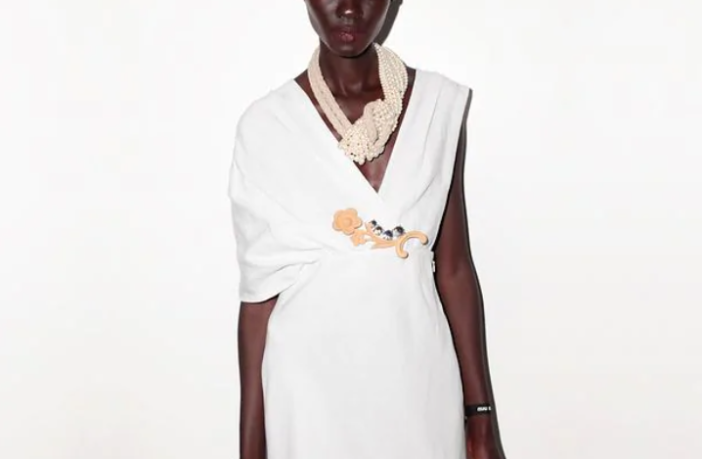The UK may currently be in the midst of a post-lockdown shopping blitz with consumers queing up in Primark, Top Shop TK Maxx and other places. Yet if they want to make clothes purchases that have the least impact on the environment they should probably be looking for used items.
That’s the conclusion of a survey undertaken by online used/vintage luxury fashion platform Farfetch. Its research conducted in partnership with QSA, ICARO and London Waste and Recycling Board surveyed the growth of the pre-owned market in the UK, the US and China, while examining the average environmental impacts (carbon, water, waste) for fashion items. Its aim was to see to what extent shopping pre-owned fashion replaces the need to purchase new-season items. Its conclusions are pretty much what you’d expect, but they do highlight why used is good when it comes to fashion items.
Of the 3,000 people surveyed, 51 percent in the US said over half of their wardrobe is made up of pre-owned items, compared with 42 percent in the UK and 21 percent in China. These consumers did however, on average purchase eight pre-owned items in 2019.
When it comes to the environmental impact of buying pre-owned itesm as opposed to new ones, on average one pre-loved purchase saves 1 kilogram of waste, 3,040 litres of water and 22 kilograms of carbon dioxide.
Giorgio Belloli, chief commercial and sustainability officer at Farfetch said: “With this research, we want to support our partners and more broadly the luxury industry, in helping to drive positive change. In addition to the core-business initiatives we are launching within the sustainability space, we aim to become a source for data and tools in the circular space to drive this positive change. This marks the first step into that direction.”
The online luxury used fashion market has seen significant growth in recent years. Thomas Berry, director of sustainable business at Farfetch, said in a statement: “Existing data shows that luxury resale represents a 24 billion US dollar market that is growing four times faster than the primary luxury market. Consumers often buy the garments as they are cheaper than if purchased as new but for many buying used items is seen as a convenient way of practising sustainability.
In tandem with the research Farfetch has also launched a tool to educate its users about how their potential purchase, as well as their existing items, impact the planet. The Fashion Footprint tool, what is accessible both online and via its app, provides an overview of whether the materials and processes used to produce garments, shoes and accessories are low-impact. It doesn’t however go into depth labelling the carbon, waste or water footprints of each product.
When used on pre-owned items Fashion Footprint tells users about the negative environmental impacts, thereby in theory encouraging them to make more sustainable purchases.




